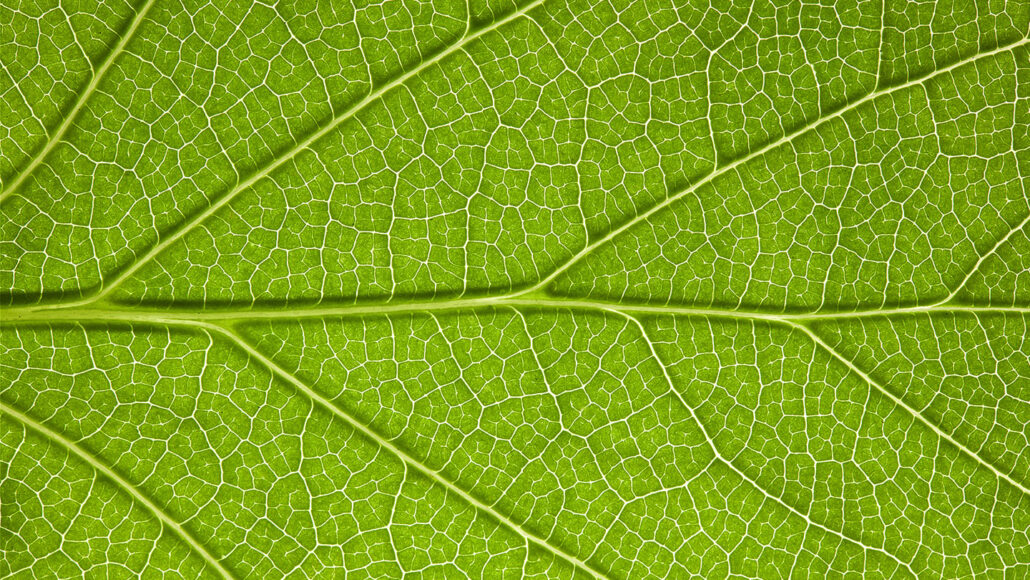Questions for ‘High-tech ‘leaves’ create green fuels from the sun’

Green plants take carbon dioxide, water and sunlight to create their own fuel. Scientists are making artificial plant leaves to do much the same thing in the lab. The difference? Their end product is a liquid alternative to fossil fuels.
Simon Gakhar/Moment/Getty Images Plus